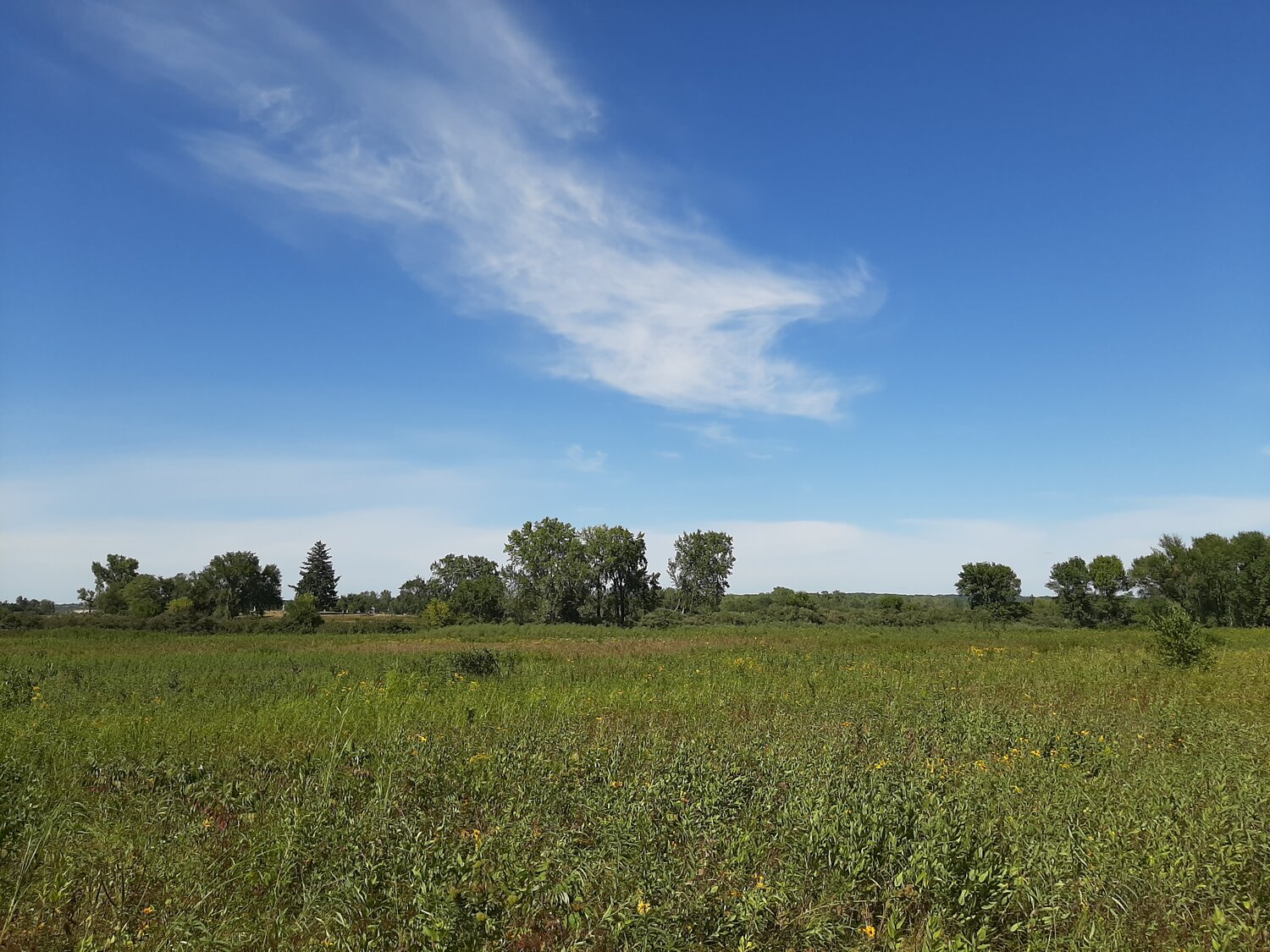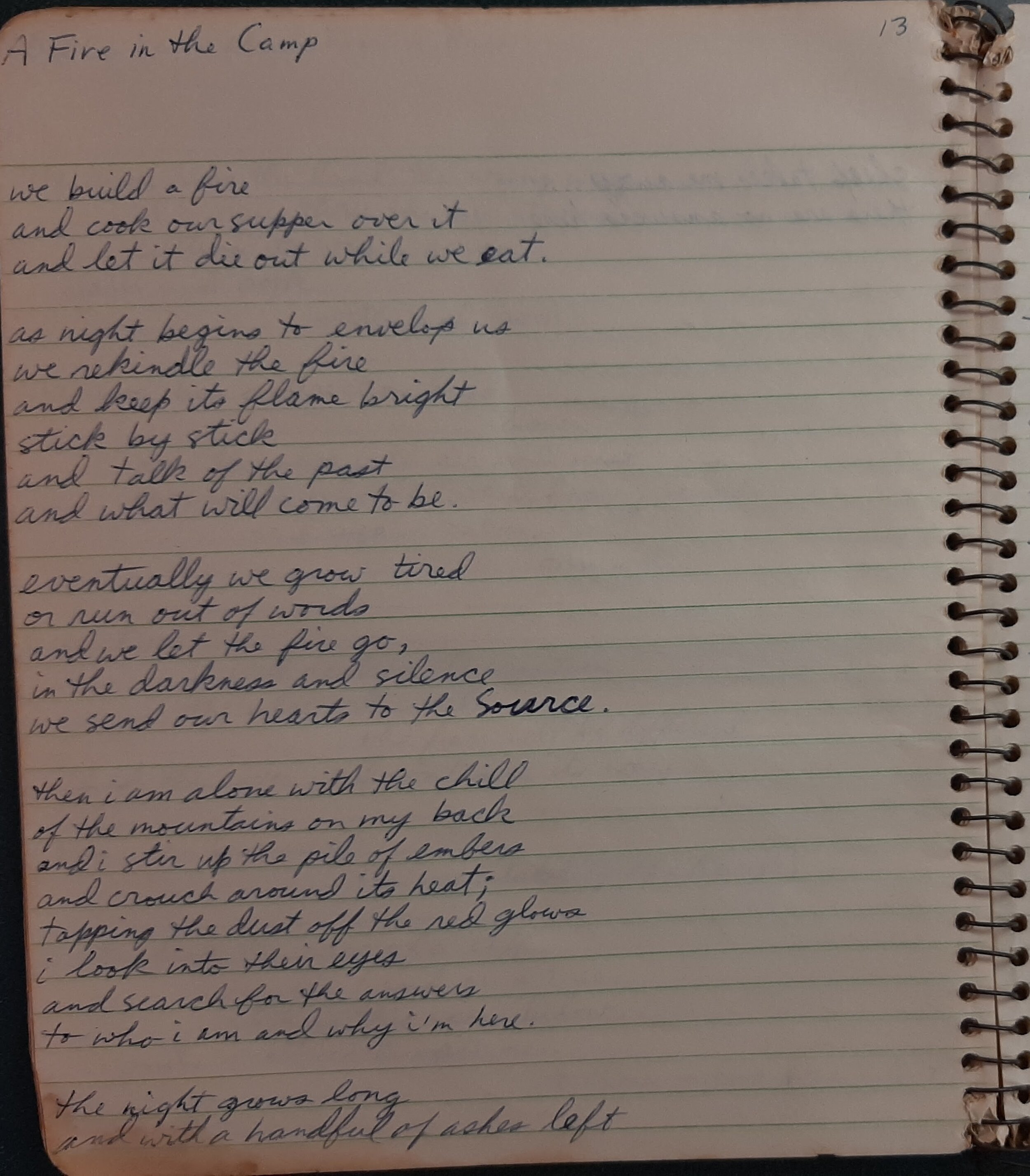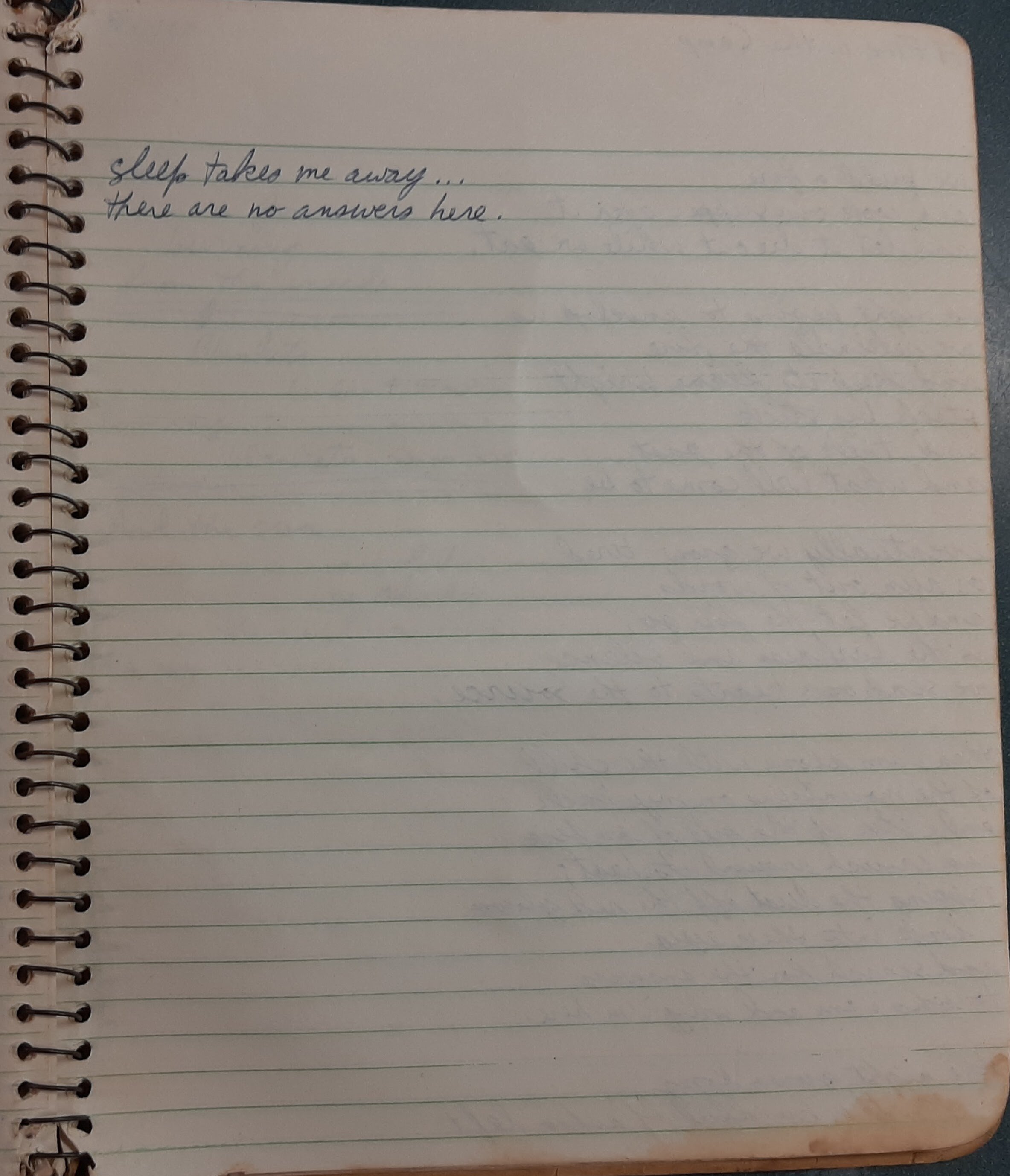Going Down to Mexico, Part 3
(Las Cascadas in Parque Tzararacua, Michoacán)
In San Luis Potosí, we bought train tickets to Morelia. Engine problems delayed our departure by three hours, so we missed our transfer. When we did arrive in Escobedo, a little pueblo in the state of Guanajuato, we disembarked to a brass band playing a fanfare. A couple dozen muchachos immediately swarmed us, as if the musical welcome were meant for us, while we inquired when the next train would depart … Not until the next morning. The kids followed us as we walked around town and finally to the Catholic church, María Auxiliadora (Mary the Helper), where we stopped to center ourselves and then talk with them until a Franciscan padre shooed them off. Because the night threatened rain, we asked for shelter, and he set us up in a house adjacent to the church, where we cooked dinner and bedded down on straw mats. The next morning, as we waited for the train, warming ourselves in the sun, we sat on a rusty steel girder stamped Krupp 1928.
That train took us 100 kilometers closer to Morelia. It also had engine troubles, so we missed the last train to Morelia. Acámbaro was a pretty little city tucked in among surrounding mountains. Sitting under the topiary orange trees of the main plaza, we were befriended by a group of muchachos who directed us to the restaurant with the best food and prices. Along the way, we lost one of our new friends when two plainclothes police rushed up, brutally grabbed him, and hustled him off because of some brawl he’d gotten into earlier. Young Mexicans would often gravitate toward us; I’m sure their motivations were various – but they were also simply curious. Sometimes, if they didn’t know or remember our names, they’d address us as maestros.
After our meal, we hiked out of the city and up into the hills, laying down our sleeping bags in a pile of corn stalks, burrowing in to shelter ourselves from the shower that occurred most nights. In the morning as campesinos passed on their way to the fields, I climbed the hillside and watched the sun illuminate the city’s white stucco buildings as it rose above the ridge behind me.
That day, we finally arrived in Morelia, the charming capital of Michoacán, known for its early colonial architecture, especially in el centro. On a recommendation, we made our way to the Seminario Santa María Guadalupe in the eastern hills of the city, and met a priest who gave us a tour and provided dinner and a place to stay at a nearby retreat house. After learning that was a one-night offer, we camped the next night in a half-finished restaurant.
When one of Michael’s pack straps broke, we found a zapatería and had all of our straps stitched up. Our rucksacks were usually loaded down with supplies: fruit and veggies, cooking oil and honey, rice and oats. Those rucksacks made us conspicuous but also helped us fit in. Men carrying home firewood on their backs, women carrying baskets of tortillas or produce on their heads – we each wore our burdens. Sitting in a plaza as evening approached, we met some jóvenes who took us to a houseful of partying students and musicians. We were invited to crash there as long as we wanted. Sometimes our needs were met in mysterious ways.
We spent almost a week in Morelia, going to a soccer match one day with our new friends. Another day I ran a gauntlet of Mexican functionaries in order to recover $200 of traveler’s cheques that had gone missing – federales, a public minister, local police, office of tourism, and finally a lower-ranking public minister who filled out my report – all so I could take it to the Banco de Comercio and then spend an hour on a repeatedly disconnecting phone call to Mexico City to get my refund.
At the mercado, we stocked up on groceries and plastic sheeting to expand our tent and then caught a bus to a park recommended by our friends, Parque Kilómetro 23, so named because it’s 23 kilometers east of Morelia. (If we had traveled 100 kilometers further, we could’ve entered the Monarch Butterfly Biosphere Reserve, except that scientists had just discovered this site the previous year.) After walking the confines of the park, we climbed a fence into a neighboring forest with more privacy. It was a good break from cities and travel – cows grazed the steep terrain of pines, firs, cacti, unfamiliar tropical trees, exuberant wildflowers, fantastic mosses. A man passed by to check the pines he was tapping for resin. We set up our camp on a thick bed of pine needles, and arose in the morning to a feast of fried macho plátanos drizzled with crema y miel. We discovered a stream in the next valley where we washed our clothes.
The nights were mountain chilly but the sun quickly warmed us. We sunned like frogs on large rocks beside the stream, reading the Bible and getting ourselves clear. We talked while stirring the embers of our evening campfire and got in touch with what was going on inside. I still had a lot of old shit to resolve and a lot of blanks to fill in on the questionnaire entitled “Who Am I?” Michael had been a valuable guide on this journey, but I still chafed at his insistence that I wholly commit to sharing the Father’s message. I wondered if we’d reached a fork in our paths.
That Saturday, we fasted on water, lemon juice, and honey, and discussed parting ways. I conceded that it should be a decision we mutually agreed upon. I slept half of that night and filled the rest with ruminations on love unhindered by expectations. Pat was on my mind – my Iowa City housemate and off-and-on lover, she was pregnant when I left. Although not the father, I planned to be there for her and her child.
The next day we caught a bus back to Morelia and stocked up at the mercado. December 12 is a national holiday in Mexico, el Día de la Virgen de Guadalupe, commemorating her visitation to the Chichimeca campesino Juan Diego in 1531. We wandered off to a nearby plaza, where we met José, who tried to sell us some mota. We went with him to the Bosque de Chapultepec, where we fell in with a group of stoners, got high, and then went to an outdoor concert. We crashed at José’s house that night, on the way stopping at a shrine for Nuestra Señora; we bowed our heads to pass under the folds of blue and white drapery adorning the path to her statue.
Monday afternoon we caught a bus out of Morelia to Quiroga, 45 kilometers west at the eastern end of Lago de Pátzcuaro. We camped on a hilltop overlooking the town and lake, in a garden of herbs and flowers. The chilly night kept the mosquitoes quiet, but by morning we were soaking up the sun’s vitamin D, sans clothing, until getting caught off-guard by a man and his son gathering herbs. By Wednesday we were moving on, hitching a ride in the back of a panel truck to Pátzcuaro, a popular tourist stop on the southeastern edge of that lake, known for its Spanish colonial and Purépecha indigenous cultures.
As we walked along the lake, looking for a campsite, we met some muchachos fishing and bought two lake trout from them for supper. We came upon a string of abandoned houses and moved into the last one. The next morning we caught a ride from a friendly truck driver transporting produce from Morelia to Apatzingán. He entertained us with stories about the area and his life as we swerved through the mountains. Sixty kilometers later, at his suggestion, he dropped us off at Parque Tzararacua, where the Río Cupatitzio descends in a series of cascadas. We hiked along the river to the bottom of a lush gorge, continuing to follow a trail into another valley, where a small cascada splashed into a deep blue pool. We set up camp, bathed, and made dinner. It felt like what I imagined paradise to be. Breathtaking flora frequently visited by hummingbirds. The sound of falling water merged with the melodies of songbirds. The days were warm and sunny; the nights were mild. Michael found another cascada upriver from our camp, a forty-foot drop that gave me a rush when I stood beneath its whoosh.
After four days there, we headed south toward the Pacific Coast. A man hauling goods from Uruapan to outlying towns stopped to give us a ride. I sat in the back of the truck with six boys grilling me with questions about los Estados Unidos. A series of short rides took us through tropical mountain forests, then cresting the Sierra Madre del Sur into a much drier climate, almost desert, and a long winding ride to a vista of the endlessly blue Pacific. When we arrived in Playa Azul, we hiked down the beach away from the sandy tiendas and restaurants to a grove of coconut palms sheltered from the sea breeze by bushes. We watched the sun set on the ocean in a blink and fell asleep as waves washed up on the beach.
The next day we went to Lazaro Cardenas, fifteen kilometers down the coast, to shop for supplies. We started off the day with a fresh papaya and a joint one of our new friends brought to share … and finished the day with a campfire dinner of spaghetti with marinara sauce and Swiss chard. At dawn the next day, Michael talked with the passing pescadores who fished the surf with nets, getting a promise of fresh fish for tomorrow, Christmas Eve.
Glossary
maestros - It's possible they were messing with us, but I’d like to think not. I felt honored to be called a teacher. It would take me 25 more years to officially become one.
jóvenes - Jóvenes are teenage kids, maybe early twenties. Muchachos are younger (tweens). Or at least, that’s how I used the words.
macho plátanos ... crema y miel - Slice up the plantain and fry in oil, both sides. The cream and honey add sweetness and make it a tasty breakfast dish.
cascadas - The river has a direction to go
down
over the edge into air and mist
cascading down in a white foamy roar
and again calm
onward




